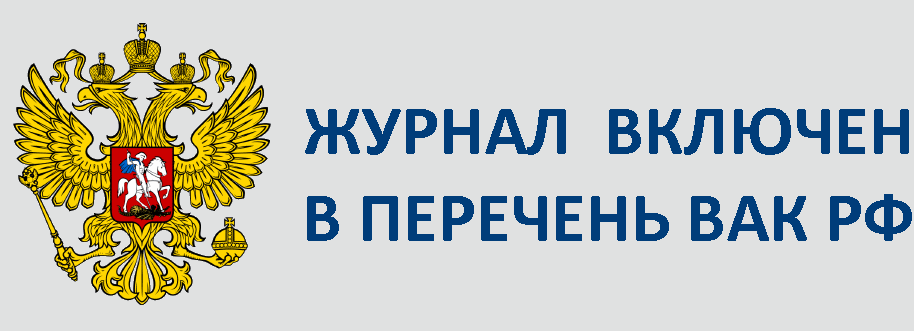№4-2024-20
DOI:10.22281/2413-9912-2024-08-04-155-166
Fedin A.V.
THE EVOLUTION OF REPRESENTATIONS OF EUROPEAN-INDIAN ALLIANCES IN NEW FRANCE IN THE 17TH AND 18TH CENTURIES
The rhetoric with which the French and the Indians of Northeastern North America attempted to describe the alliance relations in trade and politics that emerged during the seventeenth century and the first half of the eighteenth century underwent significant changes during this period. Its evolution reflected the transformation of both French-Indian relations themselves and the development of European and Aboriginal communities during this period. From the rhetoric of fraternity, which recorded a largely horizontal, equal relationship between Aboriginal and non-aboriginal populations in Acadia and the St. Lawrence River Valley in the first half of the seventeenth century, there was a shift to the terminology of father-child relations in the middle of the century, demonstrating a shift in the balance of power in the region in favour of the French (‘fathers’) in the face of a shrinking Indian population (‘children’) and its influence in the face of epidemics and ethnic conflict. A vertical structure of French-Indian relations is formed, the basis of which becomes the ritual of gift-giving as a condition and expression of mutual obligations: French ‘fathers’ provide for their Indian ‘children’, and those, in turn, obey and help their ‘fathers’.
Keywords: New France, Treaty of Montreal, European-Indian alliance, Iroquois League, Algonquins, Hurons, Montagnes, Jesuits, missionary activity.
Брянский государственный университет имени академика И.Г. Петровского (Россия),
Bryansk State University named after Academician I.G. Petrovsky (Russia).
Читать статью (pdf-файл)
Это произведение доступно по лицензии Creative Commons «Attribution-ShareAlike» («Атрибуция — На тех же условиях») 4.0 Всемирная






